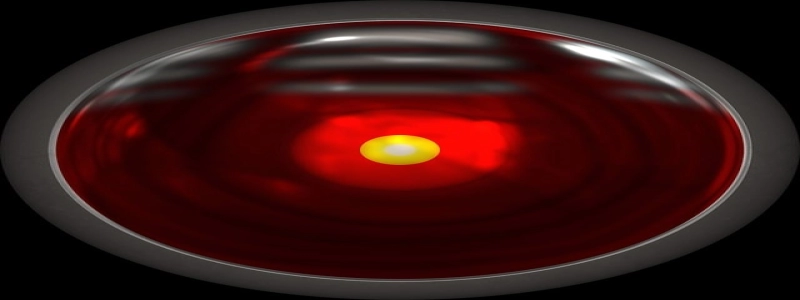Wavelength Calculator
Invoering
The wavelength calculator is a valuable tool used in the field of optics and electromagnetism. It allows researchers, engineers, and students to calculate the wavelength of a wave based on its frequency or vice versa. This article will provide a detailed explanation of the multi-level content of a wavelength calculator.
I. Understanding Wavelength
A. Definition
The wavelength is defined as the distance between two consecutive points of a wave that are in phase. It is denoted by the Greek letter lambda (λ).
B. Units of Measurement
1. SI Units
In the International System of Units (SI), the wavelength is typically expressed in meters (M).
2. Other Units
In addition to meters, other commonly used units include nanometers (nm), micrometers (μm), and angstroms (?).
II. Wavelength-Frequency Relationship
A. Formula
The relationship between wavelength and frequency is given by the equation:
λ = c / f
where λ represents the wavelength, c is the speed of light in a vacuum, and f is the frequency.
B. Speed of Light
The speed of light in a vacuum, denoted by c, is approximately 299,792,458 meters per second (m/s). This constant value is essential in determining wavelength using the wavelength calculator.
III. Using the Wavelength Calculator
A. Inputs
The wavelength calculator prompts the user to enter either the frequency or the wavelength to calculate the corresponding parameter.
B. Calculation
1. Wavelength Calculation
If the frequency is provided, the calculator uses the formula λ = c / f to compute the wavelength.
2. Frequency Calculation
If the wavelength is provided, the calculator rearranges the formula to compute the frequency, f = c / λ.
C. Output
The wavelength calculator displays the calculated wavelength or frequency based on the provided input.
IV. Practical Applications
A. Optics
The wavelength calculator is commonly used in optics for designing optical devices such as lenses, filters, and mirrors. It aids in determining the appropriate dimensions of these components based on the desired wavelength of light.
B. Wireless Communication
In wireless communication systems, understanding the relationship between wavelength and frequency is crucial. The wavelength calculator assists in determining the optimal frequency range for efficient transmission and reception of signals.
C. Meteorology
Meteorologists utilize the wavelength calculator to analyze weather phenomena such as the electromagnetic spectrum emitted by different atmospheric layers. This analysis helps in understanding weather patterns, solar radiation, and climatology.
Conclusie
The wavelength calculator plays a significant role in various scientific and technological fields. By understanding the multi-level explanation provided in this article, users can make accurate calculations and apply these calculations in their respective domains. Whether it is designing optical devices, optimizing wireless communication, or studying meteorological phenomena, the wavelength calculator serves as an invaluable tool in advancing our understanding of waves.







